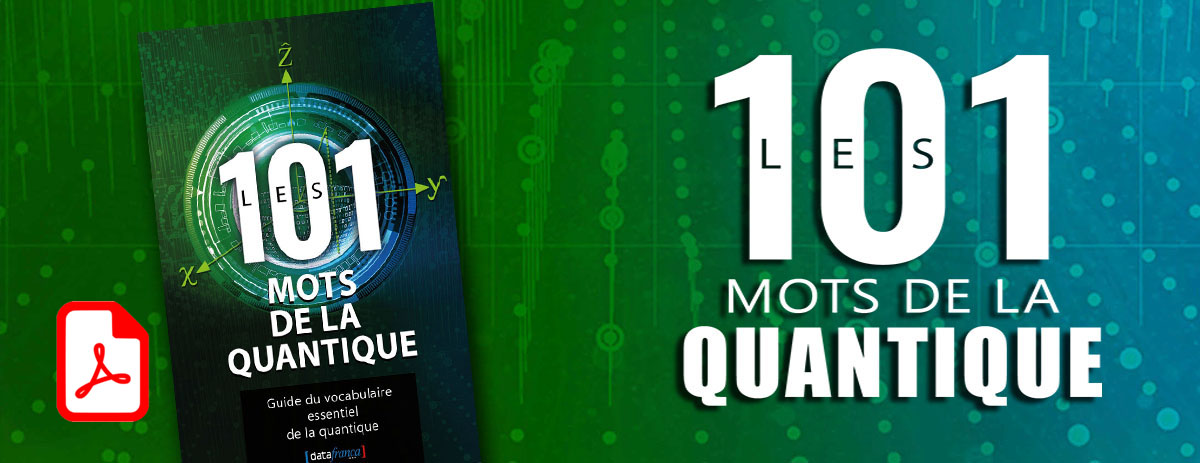« Test de Kruskal-Wallis » : différence entre les versions
(Page créée avec « ==en construction== == Définition == XXXXXXXXX == Français == ''' XXXXXXXXX ''' == Anglais == ''' Kruskal Wallis Test''' The Kruskal-Wallis test, named after mathema... ») |
m (Remplacement de texte — « DeepAI.org ] » par « DeepAI.org ] Catégorie:DeepAI.org ») |
||
| Ligne 17 : | Ligne 17 : | ||
[https://deepai.org/machine-learning-glossary-and-terms/kruskal-wallis-test Source : DeepAI.org ] | [https://deepai.org/machine-learning-glossary-and-terms/kruskal-wallis-test Source : DeepAI.org ] | ||
[[Catégorie:DeepAI.org]] | |||
[[Catégorie:vocabulary]] | [[Catégorie:vocabulary]] | ||
Version du 15 décembre 2020 à 18:07
en construction
Définition
XXXXXXXXX
Français
XXXXXXXXX
Anglais
Kruskal Wallis Test
The Kruskal-Wallis test, named after mathematicians William Kruskal and W. Allen Wallis, is a method for testing whether samples originate from the same group by comparing the medians of two ore more groups. Often, it is used when comparing two or more independent samples of equal or different sizes. The test is referred to as "non-parametric", meaning it does not specify the parameters of the distribution or is "distribution-free." The parametric equivalent to the Kruskal-Wallis test is called a one-way analysis of variance, or "ANOVA" for short. The results of the test indicate whether one sample stochastically dominates another sample (i.e. a sample's outcome changes the outcome of the following sample).
Contributeurs: Imane Meziani, wiki










